Traditional Ex - Vi editor
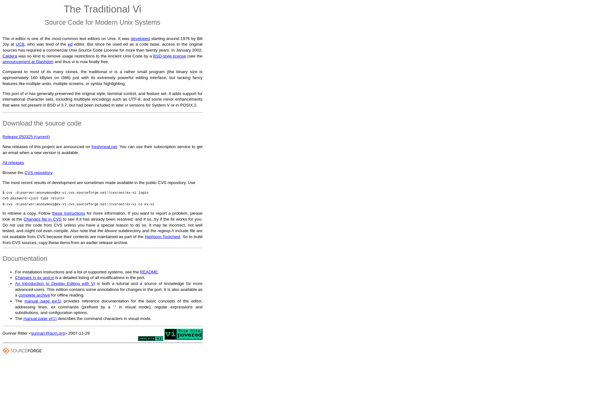
Vi Editor: Classic Text Editing Productivity
The vi editor (short for visual editor) is a classic, ubiquitous text editor common to Unix-like systems. It has a modal, command-based interface, and supports extensive key bindings and scripting. It excels at text editing productivity once the user knows the commands.
What is Traditional Ex - Vi editor?
The vi editor (short for visual editor) is a classic text editor that comes standard on virtually all Unix and Unix-like operating systems. It first emerged in 1976 as part of Version 3 of the Unix operating system developed at UC Berkeley.
Vi has a modal, command-based interface - it operates in either insert mode or command mode. In insert mode, keystrokes are directly inserted into the document. In command mode, keystrokes trigger editing commands like delete, copy/paste, search/replace, etc. This modal approach, combined with vi's extensive set of keyboard shortcuts, enables highly efficient and quick editing once the user knows the commands.
Almost all keystrokes in vi invoke editor commands. For example, dw will delete a word, dd will delete a whole line, p will paste inserted text, etc. Vi allows endless customization and productivity enhancements via its scripting capability and keyboard macros.
The vi editor continues to be very popular among programmers and power users. Most Unix-like systems come with vi built-in, and even many standard Linux distributions include it as the default editor. Its keyboard-based interaction model and ubiquity across systems makes it a tool many rely on for quick editing jobs.
Traditional Ex - Vi editor Features
Features
- Modal, command-based interface
- Support for multiple editing modes (command mode and insert mode)
- Powerful regular expression search and replace
- Extensive customization through macros, scripts, and plugins
- Lightweight and fast
Pricing
- Open Source
- Free
Pros
Cons
Official Links
Reviews & Ratings
Login to ReviewNo reviews yet
Be the first to share your experience with Traditional Ex - Vi editor!
Login to ReviewThe Best Traditional Ex - Vi editor Alternatives
Top Development and Text Editors and other similar apps like Traditional Ex - Vi editor
Here are some alternatives to Traditional Ex - Vi editor:
Suggest an alternative ❐Visual Studio Code
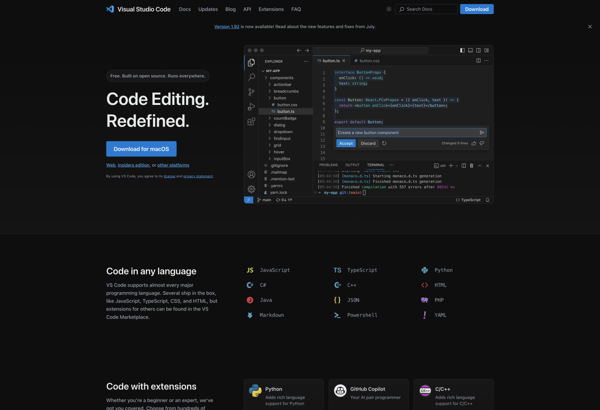
Neovim
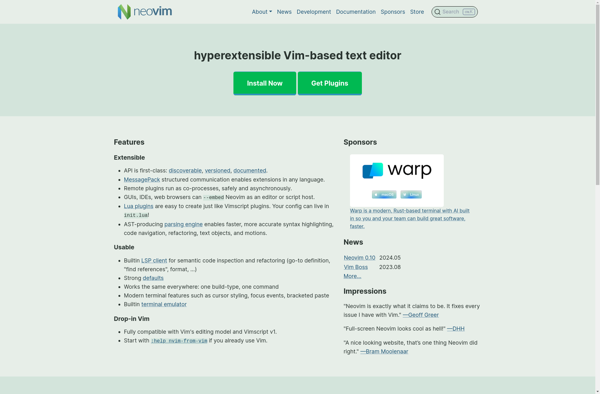
VSCodium
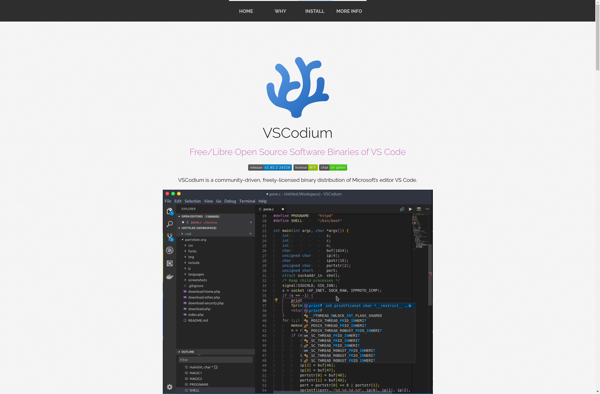
Notepad++
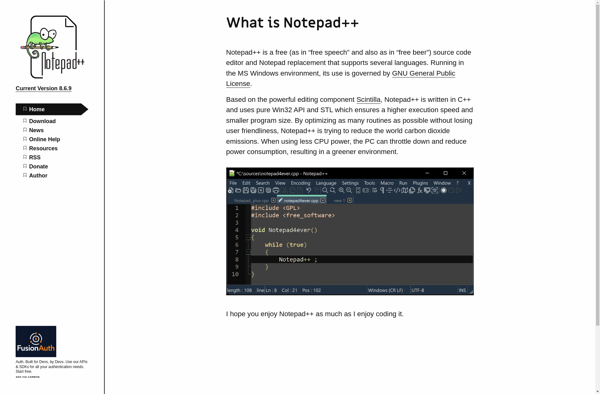
Geany
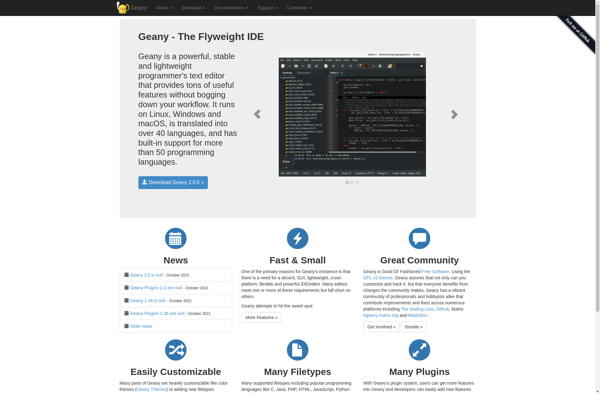
GNU nano
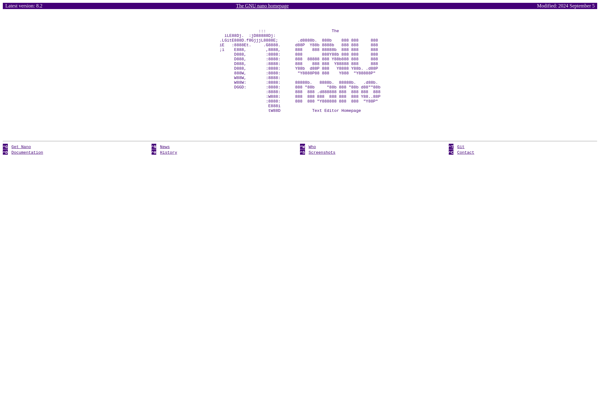
Kate
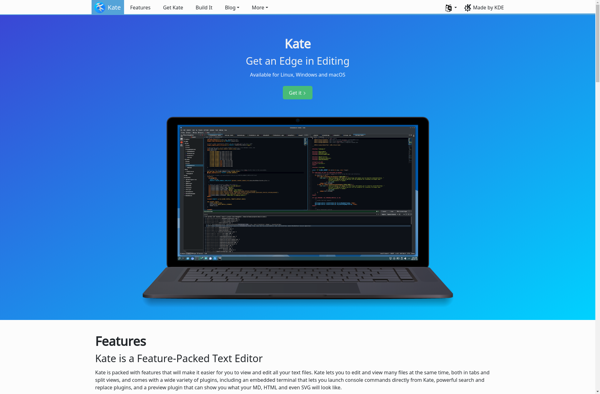
GNU Emacs
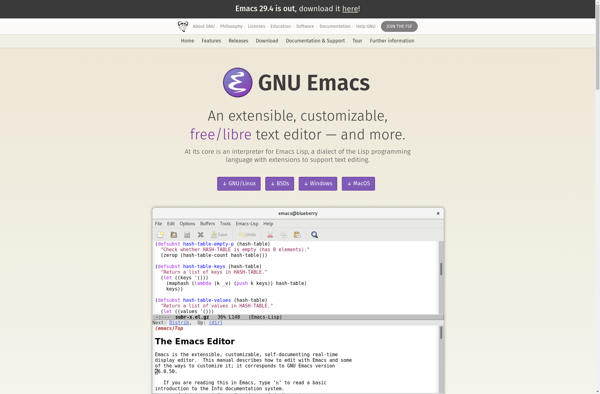
Notepad3

CudaText
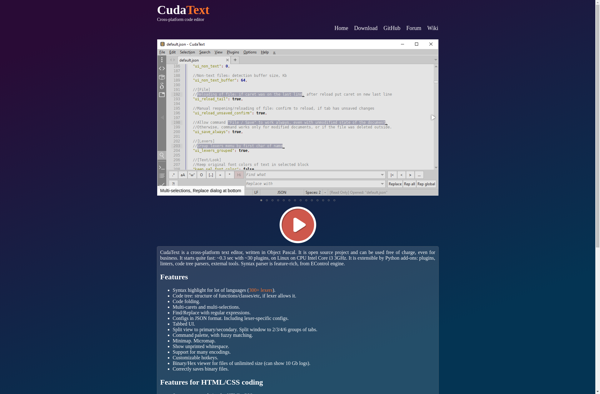
Vile
